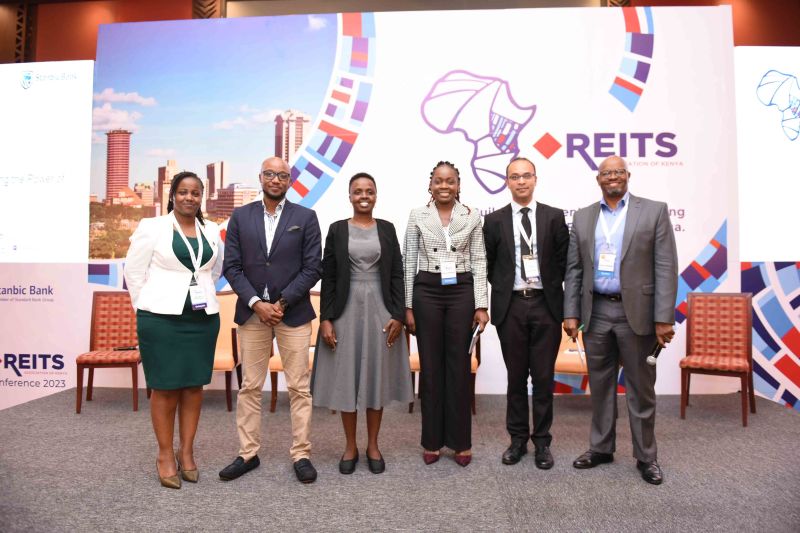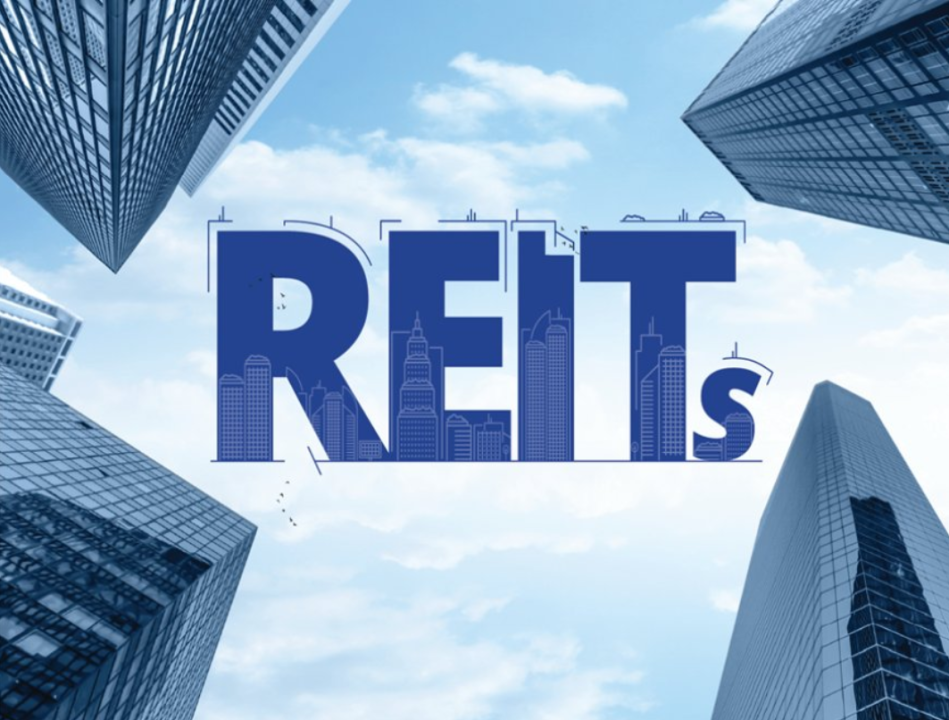
By Ann Kariuki,
Kenya’s real estate sector is a fertile ground, and Real Estate Investment Trusts (REITs) offer a dynamic way to tap into its potential. Whether you’re an investor seeking diversification or a promoter aiming to create wealth through property, REITs present a structured, regulated, and tax-efficient platform.
There are however 3 major types of REITs.
- Income REITs (I-REITs): They Focus on income-generating properties like rentals.
- Development REITs (D-REITs): Perfect for funding property development projects.
- Islamic Real Estate Investment Trusts: They operate under Shariah principles, ensuring that all activities are compliant with Islamic law and basically structured to cater to investors seeking ethical investments.

The demand for real estate in Kenya—whether residential, commercial, or industrial—is growing rapidly. However, many developers struggle with financing, especially in the early stages of development.
This is where D-REITs come in.
By tapping into investor interest through an IPO, developers can secure the capital needed to fund large-scale projects, while investors benefit from regular returns once the projects are income-generating. Moreover, the regulatory framework in place ensures that both parties are protected.
 Why Developers Should Consider D-REITs:
Why Developers Should Consider D-REITs:
- Lower Entry Barrier: Setting up a D-REIT requires an initial asset value of just KES 100 million—much more accessible than the KES 300 million required for I-REITs. Importantly, this isn’t cash you need to have upfront; it’s the value of the assets (like land or property) you bring into the trust.Once you’ve structured the D-REIT, you can raise additional capital through an IPO, where professional investors will contribute to fund your developments.
- Structured Investment Model: The Capital Markets Authority (CMA) has created a clear, regulated framework for D-REITs. This means investors can be confident that funds are being used wisely, and developers can focus on executing projects without worrying about operational complexities. Additionally,D-REITs must invest at least 30% of raised funds in development and construction within a year of launch, ensuring that projects progress quickly and effectively.
- Flexibility in Funding:D-REITs can either operate off-exchange (targeting professional investors) or be listed on a licensed securities exchange. While I-REITs must be listed, D-REITs give you the flexibility to choose how you want to raise funds—whether privately or through a public offering.
- Leverage Investor Capital: Once your D-REIT is established, you can raise capital through an IPO, allowing you to fund large-scale real estate developments. This creates an opportunity for developers to scale projects without taking on all the financial risk themselves, while providing investors with regular returns as the developments start generating income.
- Regulated Debt Limits:For added financial stability,D-REITs are limited to borrowing 35% of the total asset value, and with unit holder approval, this can increase to 40% for up to 6 months. This provides a healthy balance between leveraging debt and maintaining a solid financial footing.

What You Need to Know:
- 30% of funds raised must be invested in development and construction within the first year.
- D-REITs can be listed on a licensed securities exchange, but they don’t have to be—off-exchange operations are also an option.
- If at least one investment is not made within 180 days of the offer closing, 25% of unit holders can request a refund, ensuring that funds are put to active use and not left idle.
 The Potential for D-REITs in Kenya
The Potential for D-REITs in Kenya
D-REITs are still in their infancy in Kenya, but they represent a massive opportunity for developers who want to tap into public capital for real estate development. As more developers look to leverage D-REITs for financing, we can expect a significant increase in the number of D-REITs listed in Kenya.
For developers, this asset class offers a structured and regulated way to raise capital, develop projects at scale, and expand their portfolios with less financial burden. With the real estate market growing rapidly, there’s no better time to consider this funding model.
If you’re a developer thinking about launching a D-REIT, what challenges do you anticipate? How can we leverage the existing regulatory framework to make the most of this opportunity?
I’d love to hear your thoughts and discuss how developers can tap into the power of D-REITs to drive the future of real estate in Kenya.
The Author is the Financial Analyst at Britam












